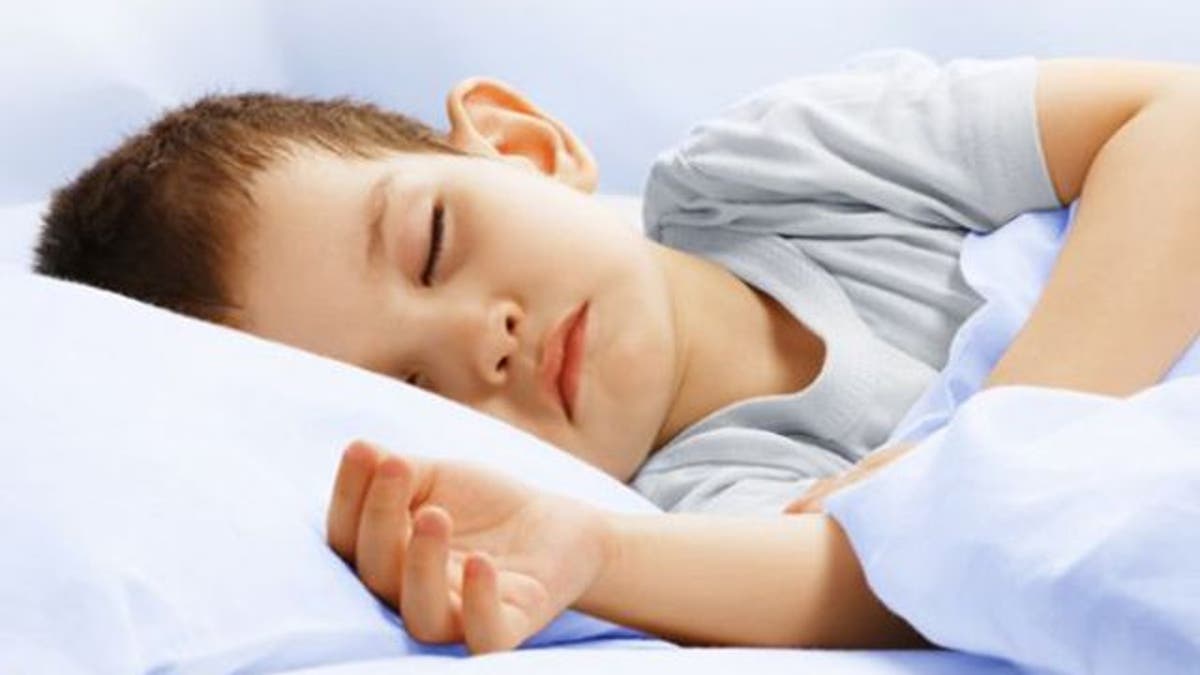
Approximately 1 to 4 percent of children in the United States are diagnosed with sleep apnea, according to the American Sleep Apnea Association. Yet experts agree it’s a health condition that’s becoming more of a problem, particularly because of the childhood obesity epidemic. What’s more, some kids who are left undiagnosed or who are using medications for their symptoms are suffering unnecessarily.
Learn how to recognize the signs that your child may have sleep apnea and find out how to get help.
What is sleep apnea?
Obstructive sleep apnea is a condition that causes the throat or upper airway to collapse, preventing oxygen from going through the lungs and causing shallow breathing or breathing pauses. Sleep apnea can happen at any age, but it’s most common in children ages 3 to 7 and during middle school.
“When kids are having the greatest growth compared to their height, that’s when they’re most at risk,” said Dr. Floyd R. Livingston, Jr., division chief of pediatric pulmonology and sleep medicine at Nemours Children’s Hospital in Orlando, Fla.
While enlarged tonsils and adenoids are usually the culprit, obesity is also a major reason why kids get sleep apnea. In fact, up to 60 percent of obese children have obstructive sleep apnea, according to Sleep Medicine Reviews.
Recognize the signs
“If they snore every night and they have observed labored breathing, that would be cause for concern,” said Dr. Carole Marcus, director of the sleep center at the Children’s Hospital of Philadelphia and a spokesperson for the American Academy of Pediatrics.
Children with sleep apnea may also be restless sleepers, wake up multiple times throughout the night, experience morning headaches and daytime sleepiness.
Obstructive sleep apnea has also been linked to attention deficit-hyperactivity disorder, irritability and behavioral problems. Children with the condition are more likely to have learning problems and poor academic performance, according to a recent study in the journal Sleep. And children with severe sleep apnea may even have high blood pressure and heart conditions.
What you can do
“Parents need to be aware that snoring is a medical condition,” said Marcus, who added that it’s important to have your child examined by his or her pediatrician who will look for enlarged tonsils and adenoids. From there, an ear, nose and throat (ENT) specialist will recommend the best course of action.
Surgery is usually the best option for children with enlarged tonsils and adenoids, yet studies show that sleep apnea can’t be diagnosed with a physical exam, so an overnight sleep study in a pediatric sleep laboratory is recommended. During the non-invasive, painless test, sensors are placed on your child to monitor his or her breathing. “Before you do surgery, you really want to make sure it’s warranted,” Marcus said. A sleep study can also look for other conditions that may be causing your child’s symptoms.
For children who don’t have enlarged tonsils or adenoids, or for whom surgery either isn’t appropriate or doesn’t cure the sleep apnea, a continuous positive airway pressure (CPAP) mask that opens the upper airway may help. If your child is overweight or obese, losing weight can greatly reduce sleep apnea symptoms.
